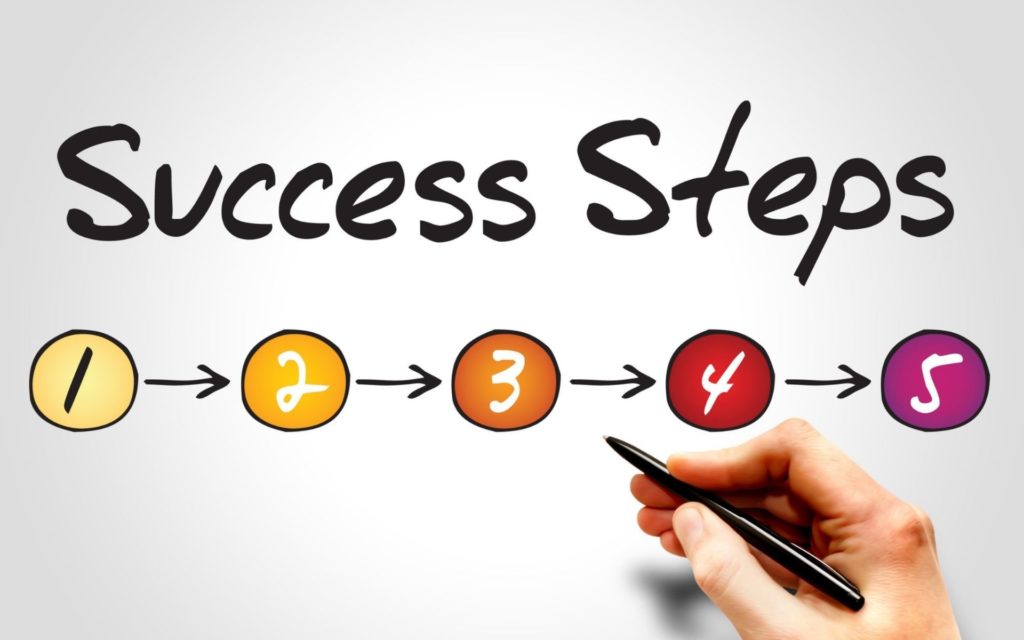The vast majority of businesses we come into contact with (around 90%) either do not have a sales process or erroneously believe that the process they do have is effective (when in reality it’s the opposite).
You can imagine their surprise when we explain that having an ineffective sales process is as problematic as having no sales process at all.
Our own comprehensive research shows that only 3 per cent of people, and 4 per cent of sales managers, have a milestone-centric, effective sales process that mirrors the behaviour of their top performers.
But rest assured – we have some answers. Here is our five-step guide to developing an effective sales process.
1. Understand the importance of a sales process
Before you can create an effective process, you must understand why having one is so important. At SalesStar, we’ve identified six key benefits that a sales process can bring to your organisation.
A sales process is important because it provides:
- A framework for consistent results
- The same rules for all sales staff
- Accountability to the right activities
- Increased productivity
- A clear coaching framework
- Greater pipeline accuracy
According to Grant Holland, SalesStar CEO Australasia, an effective sales process is an important piece of the sales puzzle. Without it, your sales culture will always have gaps and missed opportunities.
“Due to lack of process, salespeople struggle to meet their targets and managers face pressure from the top of the organisation,” says Grant. “Everything, in sales management, wraps around the process. And that’s why the process is so important.”
Once you understand how important the sales process is, you will start to make sure it is implemented effectively and adhered to at all times. Realising its importance will give you the energy you need to lead by example and champion the process throughout your business. If you aren’t aware of its significance, it will likely fall down the priority list and inefficiencies will continue to creep in. Educate yourself first, implement second.
2. Write your steps, milestones and to-dos on post-it notes
Some of the best sales processes start with colourful post-it notes. Write down all of your steps, milestones, to-dos and goals on individual post-it notes, and arrange these under 4-6 key columns or ‘phases’ of the sales cycle. Most organisations have 6 phases:
- Lead Generation
- Initiating Contact
- Discovery Meeting
- Presenting Solutions
- Closing the Deal
- Account Management.
Each of these phases should in turn have three further features:
- Phase Objectives;
- Phase Steps/Actions; and
- A Qualifying Checklist.
We know writing out all these phases and steps takes time, but it will help you see your process in a clearer light. The power of visual presentation! Writing on post-it notes also allows you to move things around as much as you need to – it will probably take some time before you’re happy with the ‘flow’ of your process. Try to identify gaps, missed opportunities and general weaknesses. We promise you; there will be some! But this is a good thing. If there are gaps, that means there are opportunities for improvement.
At this stage, you should also consider seeking professional assistance. A sales process expert will clearly be able to see gaps and problems in the half the time it would take for you to notice them. While you could spend days agonising over your process, they will be able to give you peace of mind that you’re making the right decisions.
3. Research the buying process
It’s one thing to identify how you wish to sell; it’s another thing to identify how your customers wish to buy. Your sales process needs to align with your prospect’s buying process if you wish to maximise your success. Do as much research as you can into their buying habits so you can adjust your sales process to meet their real-life demands.
SalesStar Global Head of Learning, Alex Chan, encourages clients to ask the following questions about their prospects:
- Have you discovered your buyer’s pain points?
- Where and how do they make purchases?
- What is their time frame for making a purchase?
- Are they a motivated customer? If not, what is required to motivate them?
These are just some of the questions you could ask yourself about your prospects. The idea is to reflect on how they are buying and dovetail your sales process as necessary.
4. Test your sales process
Once you’re happy with how your process looks on paper, it’s time to test it in ‘real life’. Depending on the size of your organisation, you may be able to implement a company-wide test, or perhaps it will be easier to select a group of 30 staff for a trial run. Even the best processes will probably need to be tweaked slightly once applied to real-life situations.
Again, having a sales process expert to guide you throughout the testing stage will help you make improvements quickly and efficiently. It’s much easier to do this with the support of an experienced guide than to go about it on your own.
When you have successfully tested the process, you should upload it to an electronic medium such as your CRM software or a simple Excel spreadsheet.
5. Formalise the sales process across your organisation
Now it’s time to make your shiny new sales process a reality. Circulate a clear, easy-to-follow digital version of the process to everyone in your organisation. Hold face-to-face meetings with team leaders and managers to bring everyone up to speed with the new approach. This step is incredibly important, and will take persistence and patience to get right. A sales process is only effective if everyone follows it, so take your time and make sure people fully understand their roles and responsibilities.
As you can imagine, once everyone is following the same process, it will become much easier to manage your team. You will be able to measure people’s performance against the sales process. For example, if they are struggling to meet their targets, you can observe how closely they follow the process and see if they are skipping any important steps. Every single salesperson is going to bring individuality to your salesforce – the sales process becomes the thread of consistency throughout your organisation, ensuring that you maintain high selling standards across a diverse organisation. You’ll be amazed at the results.









